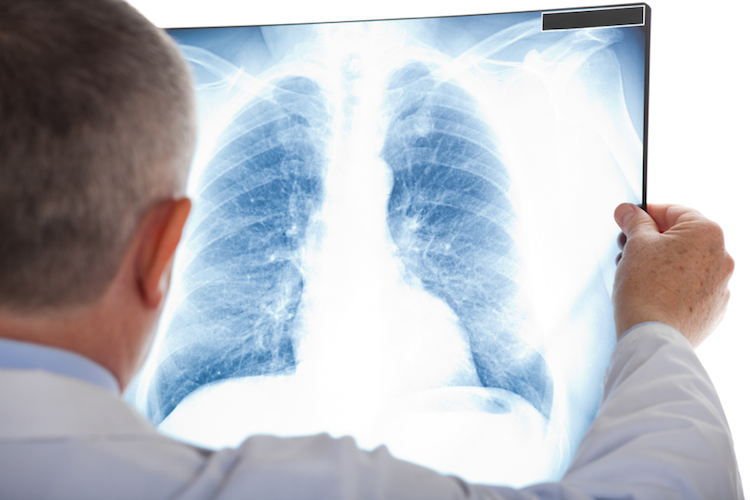- Home
- The Feature
- How Long Can You Live After Being Diagnosed With Lung Cancer?

How Long Can You Live After Being Diagnosed With Lung Cancer?
If you have been diagnosed with localized lung cancer, the survival rate is 61 percent while regional lung cancer has a 35 percent survival rate. Those diagnosed with distant lung cancer have the lowest rate of survival after five years at 3 percent. Overall, lung cancer survival at all stages is fairly low at 24 percent.
In addition, almost 136,000 people die of lung cancer each year, making it responsible for roughly 25% of cancer-related deaths. According to the American Cancer Society, lung cancer is the second most common cancer in men and women with approximately 228,820 new cases diagnosed each year.
A diagnosis of lung cancer can be devastating, especially if the disease has spread beyond the lung. In this article, we’ll go into more depth about what the survival rate means and the stages and categories of lung cancer. We’ll also take a look at the causes of lung cancer and its symptoms.
What Is the Survival Rate?
Survival rates can provide you with an idea of how long you may survive after a lung cancer diagnosis. Survival rates are based on how advanced the cancer is at diagnosis, and they are usually based on the percentage of people in that stage of cancer who are still alive after five years. These estimates are based on previous outcomes, but each person’s case is different.
Information about lung cancer survival is collected in the SEER database, which is managed by the National Cancer Institute. This database tracks five-year survival rates based on cancer’s spread. These statistics are grouped by whether the cancer is localized, regional or distant.
Stages vs. Categories
Often, when someone receives a lung cancer diagnosis, they are told that they are in a certain “stage” of the cancer, such as Stage 1, 2 or 3. The three categories used by the SEERS database can be linked to those stages as well. They include:
- Localized – The cancer has not spread outside the lung. (Stage 1)
- Regional – The cancer has spread outside the lung to nearby organs or lymph nodes. (Stage 2 or 3)
- Distant – The cancer has spread to distant parts of the body, including brain, liver or bones. (Stage 3 or 4)

Causes of Lung Cancer
Although one of the main causes of lung cancer is smoking, there are other factors that could put you at risk for the disease. Exposure to radon gas, which is produced by the natural breakdown of uranium in soil, rock, and water, can lead to lung cancer. Radon can accumulate in buildings at dangerous levels.
Exposure to asbestos, arsenic, chromium and nickel, which are all common in many workplaces, can also lead to lung cancer. The risk is higher if you are a smoker and you work with any of these substances. You could also be at higher risk if a parent, sibling, or child develops lung cancer.
Symptoms of Lung Cancer
One of the reasons lung cancer has a low survivability rate is that it often has no symptoms in its early stages. Lung cancer may not be discovered until it has already spread to other organs, such as the brain or bones. In addition, the symptoms are very similar to other minor illnesses and may be easily ignored. They include:
- Bone pain
- Chest pain
- Cough that does not go away
- Coughing up blood
- Headache
- Hoarseness
- Shortness of breath, even when you are not exerting yourself
- Unexplained weight loss
If you develop any of these symptoms, you should see your doctor right away as early diagnosis of lung cancer will provide you with the best survivability rate.
If you believe your lung cancer was the result of exposure in the workplace, you may be eligible for compensation. You may want to get a consultation with a lawyer to learn more about your rights under the law.
